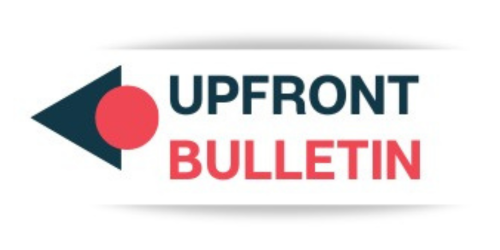The accounting change for gross premiums written (GWP) resulted in Niva Bupa Health Insurance posting an operating loss for the first quarter of this fiscal under Indian GAAP accounting norms, says its Executive Director and CFO Vishwanath M. In an interview with businessline, Vishwanath says the health insurer is confident of meeting the new regulatory Expenses of Management (EoM) norm by end of the current financial year. Excerpts:
Niva Bupa Health Insurance witnessed an 11.44 per cent year-on-year growth in its gross written premiums (GWP) for the first quarter of this fiscal, reaching ₹1631.90 crore. Was this growth volume led?
The reported 11.44 per cent growth in GWP for Q1 must be viewed in light of a change in our accounting methodology. Last financial year’s base was calculated differently, and the treatment of premium recognition this year has changed—especially for long-term policies. On a like-to-like basis, after adjusting for the accounting change, the actual growth stands at 28 per cent for the quarter. It’s important to note that this shift is purely accounting-related and does not reflect any change in the underlying business fundamentals. The premium recognition approach for certain long-term policies has been revised, which explains the reported variance.
The growth is broad-based across all our distribution channels—agency, bancassurance and brokers—all of which have delivered strong performance. Within this, the retail segment has outpaced overall growth, posting over 30 per cent year-on-year growth in Q1. Yes, this is clearly volume-led growth. The number of lives covered under our policies rose sharply—from 1.5 crore in Q1FY25 (including both retail and group) to 2.25 crore in Q1FY26, marking a significant 50 per cent year-on-year increase.
What was the contribution of retail insurance compared to group insurance? Do you expect this mix to change over the next two to three years?
In Q1FY26, the individual (retail) business contributed around 67–68 per cent of our total GWP, with the remaining share coming from group insurance. This is broadly in line with last fiscal’s mix, and we are comfortable with this composition.
Both retail and group segments are delivering healthy growth, and we see no immediate reason for this mix to shift materially in the near term. We expect it to remain in a similar range over the next two to three years.
In Q1FY26, the company reported an operating loss of ₹145.22 crore, compared to an operating profit of ₹23.23 crore in Q1FY25. What led to this operating loss?
The operating loss in Q1FY26 is primarily attributable to the change in accounting treatment for gross written premiums (GWP). This change was implemented midway through the previous financial year, resulting in a lower GWP base for Q1FY26. Under Indian GAAP, this adjustment impacted net premiums written (NWP) and overall earnings, leading to a decline when compared to the previous year. Therefore, a year-on-year comparison on a GAAP basis doesn’t offer a consistent or accurate picture.
That’s why it’s important to also consider our performance under International Financial Reporting Standards (IFRS), which we follow for consolidated reporting with our majority shareholder, Bupa. Under IFRS, our performance is much clearer—with net profit increasing from ₹36 crore in Q1FY25 to ₹70 crore in Q1FY26, effectively doubling year-on-year. There is no such distortion in the IFRS numbers.
How is the company progressing in terms of compliance with the new Expenses of Management (EoM) norms?
We are well on track towards meeting the regulatory requirements under the revised EoM norms. Our EoM ratio improved significantly—from 40.7 per cent in Q1FY25 to 35.9 per cent in Q1FY26, reflecting a reduction of 4.8 percentage points. For the current quarter, the allowable EoM limit—factoring in permitted spends on insurtech and insurance awareness—stands at approximately 35.8 per cent. We’re very close to this threshold and remain fully committed to achieving full compliance within the stipulated timelines. We’re confident of meeting the regulatory benchmark by the end of the financial year.
On the distribution front, what are the contributions of the agency and bancassurance channels?
Currently, approximately 30 per cent of our business comes from the agency channel, while around 20 per cent is contributed by bancassurance. We are quite comfortable with this distribution mix and believe it is sustainable over the long term. Our agency network is growing steadily—we now have over 1.90 lakh agents across the country and are consistently adding 2,000–2,500 new agents every month.
On the bancassurance side, we have partnerships with over 20 banks, including both public sector and private institutions. These banks collectively operate thousands of branches, offering us an effective channel to deepen our presence in tier II and tier III cities.
At the same time, our agency strategy is also focused on geographic expansion. Wherever we identify potential in underserved markets, we open new branches or recruit agents locally to strengthen our footprint. Both channels are integral to our strategy of expanding access and penetration in smaller towns and emerging markets.

